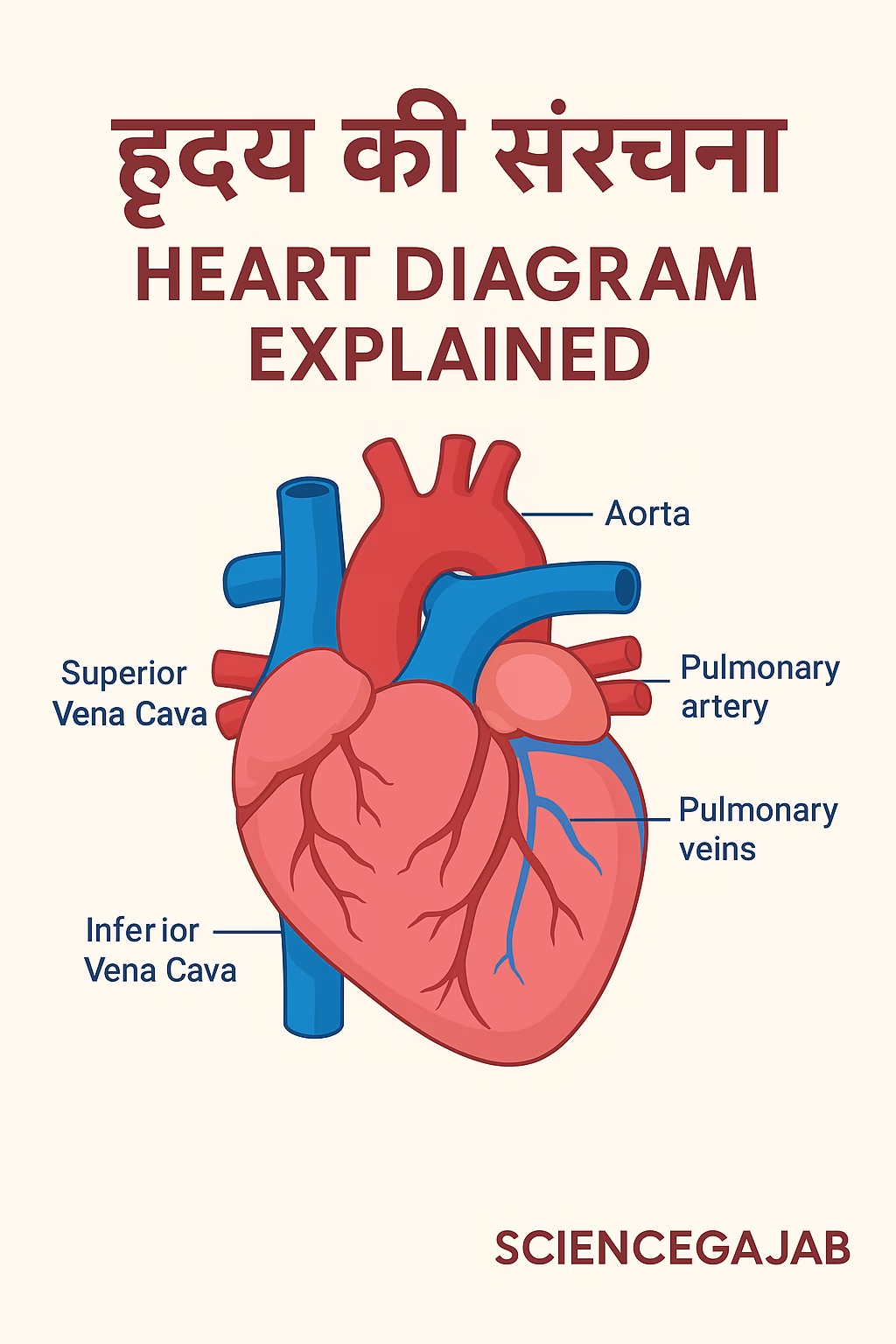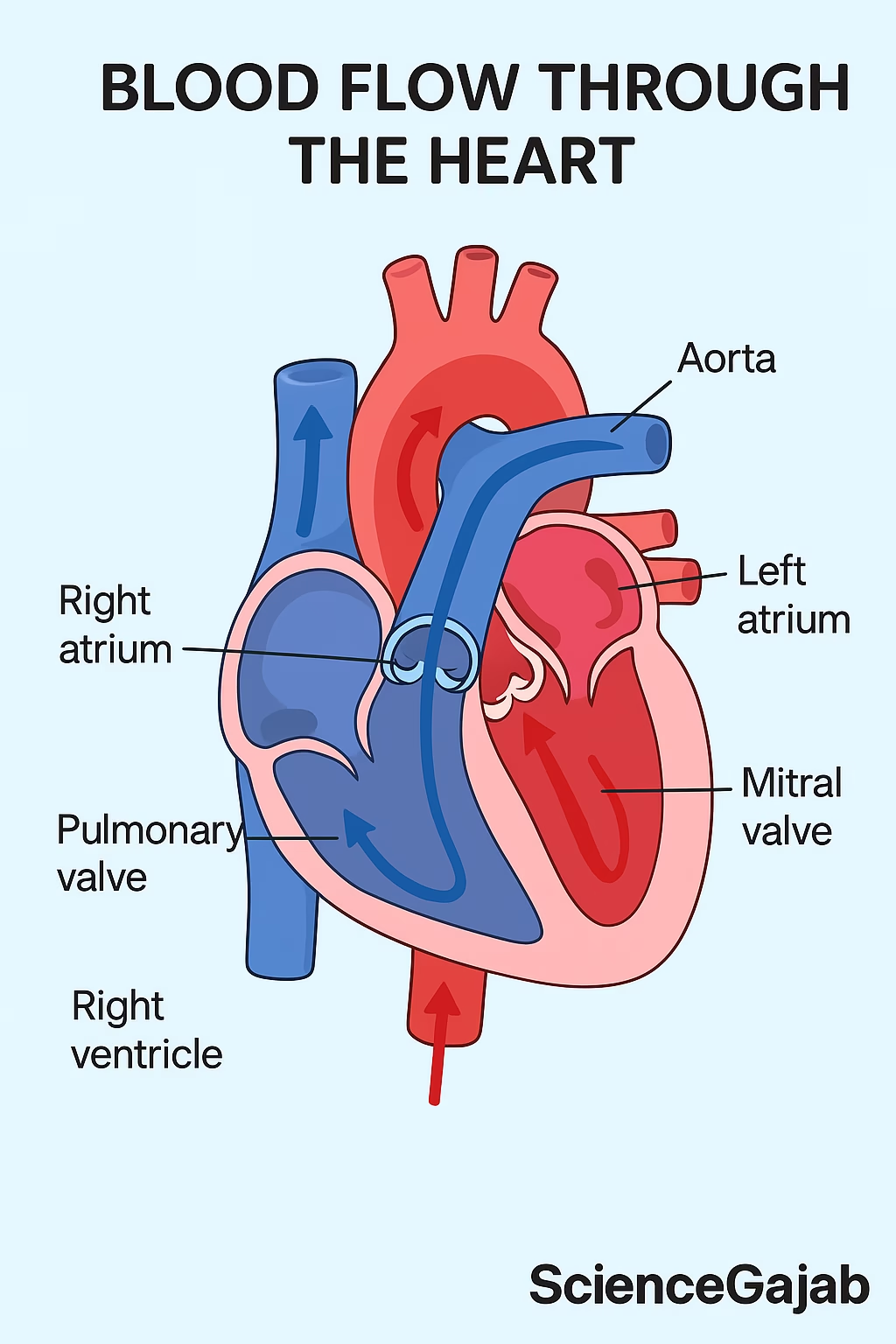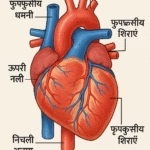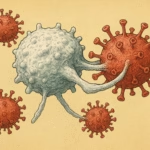🫀 Structure and Function of the Human Heart Explained
The human heart is one of the most vital and fascinating organs in the body. It beats around 100,000 times a day, pumping life-sustaining blood throughout your system. structure and function of human heart
In this article, we’ll explore the structure, parts, and functions of the human heart, along with diagrams, easy explanations, and how it keeps you alive every second.
❤️ What Is the Human Heart?
The heart is a muscular organ located slightly to the left of the chest.
Its main job is to pump oxygen-rich blood to all body parts and bring oxygen-poor blood back to the lungs.
It acts like a powerful pump, keeping oxygen, nutrients, and hormones flowing through the circulatory system.

🧩 Structure of the Human Heart
The human heart is divided into four chambers and several key parts that work together to maintain circulation.
🩸 Four Chambers:
- Right Atrium: Receives deoxygenated blood from the body
- Right Ventricle: Pumps this blood to the lungs for oxygen
- Left Atrium: Receives oxygen-rich blood from the lungs
- Left Ventricle: Pumps oxygenated blood to the entire body
💓 Valves in the Heart
The heart has four valves that prevent backflow of blood:
- Tricuspid Valve – between right atrium and right ventricle
- Pulmonary Valve – between right ventricle and pulmonary artery
- Mitral Valve – between left atrium and left ventricle
- Aortic Valve – between left ventricle and aorta
🖼️ Image suggestion: Labeled diagram showing heart valves and direction of blood movement
📌 Alt text: Valves of the human heart ensuring one-way blood flow
🔁 Circulation of Blood Through the Heart
The flow of blood follows a continuous loop:
- Deoxygenated blood from the body → Right Atrium
- Then to Right Ventricle → Lungs (via pulmonary artery)
- Oxygenated blood from lungs → Left Atrium
- Then to Left Ventricle → Whole body (via aorta)
Flowchart showing systemic and pulmonary circulation

⚙️ Functions of the Human Heart
The heart performs several crucial functions every moment:
- Pumps oxygenated blood to all body organs
- Removes carbon dioxide and waste from tissues
- Maintains blood pressure
- Supports cellular respiration (energy production)
- Distributes hormones and nutrients throughout the body

🧠 Interesting Facts About the Heart
- The heart beats about 72 times per minute on average.
- It weighs around 250–350 grams.
- It can keep beating even outside the body for a short time (with oxygen supply).
- The left side of the heart is stronger because it pumps blood to the entire body.
💪 How to Keep Your Heart Healthy
- Exercise regularly (30 minutes a day)
- Eat fruits, vegetables, and whole grains
- Avoid smoking and excessive alcohol
- Get 7–8 hours of sleep daily
- Manage stress through yoga or meditation
💬 Conclusion
The human heart is a marvel of biological engineering.
It continuously pumps blood, ensuring every cell receives oxygen and nutrients.
Taking care of your heart through healthy habits can prevent major diseases and help you live a longer, stronger life. ❤️
❓ Frequently Asked Questions
The right atrium, right ventricle, left atrium, and left ventricle.
To pump blood throughout the body, supplying oxygen and nutrients to tissues.
It moves from the right atrium → right ventricle → lungs → left atrium → left ventricle → body.
The left side, because it pumps blood to the entire body.
By exercising, eating healthy, avoiding smoking, and managing stress effectively.


